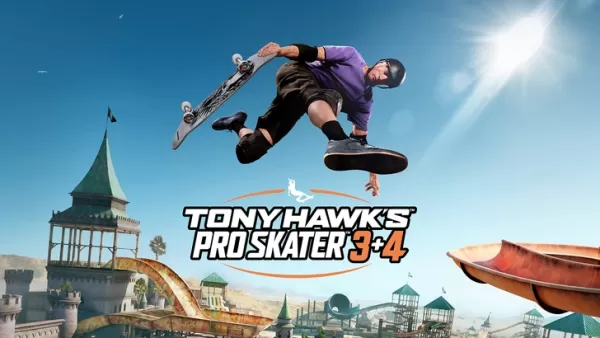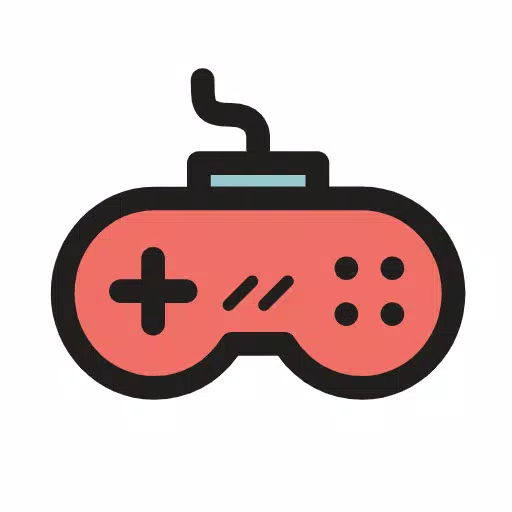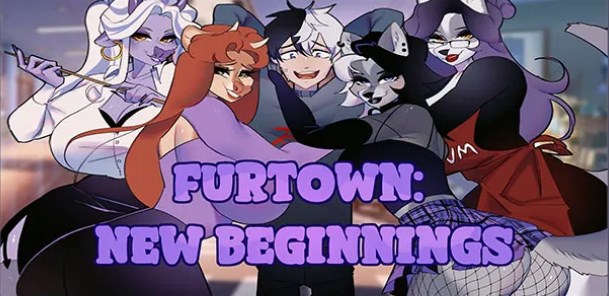Dang. $80 for *Mario Kart World*, huh?
Today’s Nintendo Direct gave us a wealth of information about the upcoming Nintendo Switch 2, including key details like release date, launch titles, and—perhaps most notably—pricing. While many fans were excited to hear what’s coming next, some eyebrows were definitely raised when it came to just how much everything will cost.
Here's the full breakdown of Nintendo Switch 2 pricing:
- Nintendo Switch 2 (console only): $449.99 USD
- Nintendo Switch 2 + Mario Kart World bundle: $499.99
- Mario Kart World (standalone): $79.99
- Donkey Kong Bananza: $69.99
- Nintendo Switch 2 Pro Controller: $79.99
- Nintendo Switch 2 Camera: $49.99
- Joy-Con 2 Controller pair: $89.99
- Joy-Con 2 Charging Grip: $34.99
- Joy-Con 2 Strap: $12.99
- Joy-Con 2 Wheel pair: $19.99
- Nintendo Switch 2 Dock Set: $109.99
- Nintendo Switch 2 Carrying Case and Screen Protector: $34.99
- Nintendo Switch 2 All-In-One Carrying Case: $79.99
- Nintendo Switch 2 AC Adapter: $29.99
That’s quite the investment just to get started with the new system, especially if you're aiming to pick up more than just the console and one game. And while $450 for the system alone isn’t too far off from what many analysts had predicted earlier this year, the overall package has left many players wondering what’s behind these numbers—and why *Mario Kart World* is being priced higher than any other standard AAA title before it.
While the console price point seems somewhat justified given current market conditions, it’s the $79.99 asking price for *Mario Kart World* that’s really turning heads. That makes it the most expensive standalone game Nintendo has ever released, even surpassing recent industry trends where $70 has become the new standard for AAA games. Sure, you can save $30 by purchasing it bundled with the console, but at face value, this marks a clear shift in Nintendo’s pricing strategy.
Why the Nintendo Switch 2 Costs $450
Even though most analysts predicted a $400 price tag back at the start of the year, no one seemed surprised that Nintendo ultimately settled on $449.99. According to multiple experts, the increase comes down to a mix of factors—including tariffs, rising manufacturing costs, and competitive positioning against Sony and Microsoft.
Joost van Dreunen, NYU Stern professor and author of SuperJoost Playlist, called the move a “strategic balancing act” that allows Nintendo to maintain profitability while preparing for potential trade barriers. Piers Harding-Rolls of Ampere Analysis echoed that sentiment, pointing out that the OLED model already retailed at $350, so $450 for the next-gen version makes sense. He also speculated that Nintendo may have been holding off on announcing the final price until the last minute due to uncertainty around U.S. import tariffs under the Trump administration.
Dr. Serkan Toto, CEO of Kantan Games, added another layer to the conversation by citing the PlayStation 5 Pro’s $700 price tag as an influencing factor. James McWhirter of Omdia went even further, noting that Nintendo is taking a unique approach to regional pricing—especially in Japan, where two different models are being offered to prevent gray market exports and protect local affordability.
Mario Kart World: A Premium Game for a New Era
If the console itself made financial sense, then why did *Mario Kart World* jump all the way to $80? According to analysts, Nintendo likely used this high-profile launch title to offset potential losses from tariffs or increased production costs without raising hardware prices directly.
Mat Piscatella of Circana suggested that Nintendo might be future-proofing its software pricing, knowing that once a price is set, it’s nearly impossible to raise it later. Meanwhile, McWhirter believes Nintendo is testing the limits of consumer tolerance, using its most iconic franchise as a guinea pig. If *Mario Kart* can handle a higher price, it opens the door for other titles to follow suit.
Van Dreunen noted that Nintendo may be skipping ahead of the $70 trend, betting that the massive audience for *Mario Kart* will accept a higher price for what appears to be a significantly expanded experience compared to past entries. Others pointed to broader shifts in the gaming industry—like the push toward digital distribution—as reasons for Nintendo to adjust its pricing model.
Who Will Actually Buy This?
Despite the sticker shock, most analysts agree that the Nintendo Switch 2 won’t struggle to sell—at least not initially. Higher-income households and die-hard Nintendo fans will likely scoop it up regardless of the price. However, the real test will come in year two, when supply stabilizes and Nintendo needs to appeal to a broader audience.
Piscatella projected strong first-year sales of between 12 and 15 million units, largely thanks to backward compatibility and Nintendo’s loyal fanbase. Van Dreunen also sees the price as reasonable when compared to premium handhelds and the PS5 Pro. But Toto voiced concern over whether families and budget-conscious gamers—who make up a large portion of Nintendo’s audience—will continue to support these higher prices long-term.
Ultimately, Nintendo is betting that consumers will adapt to a new normal of higher game and console prices. Whether they’ll be willing to keep paying those premiums remains to be seen—but for now, the company is clearly moving forward with confidence.









